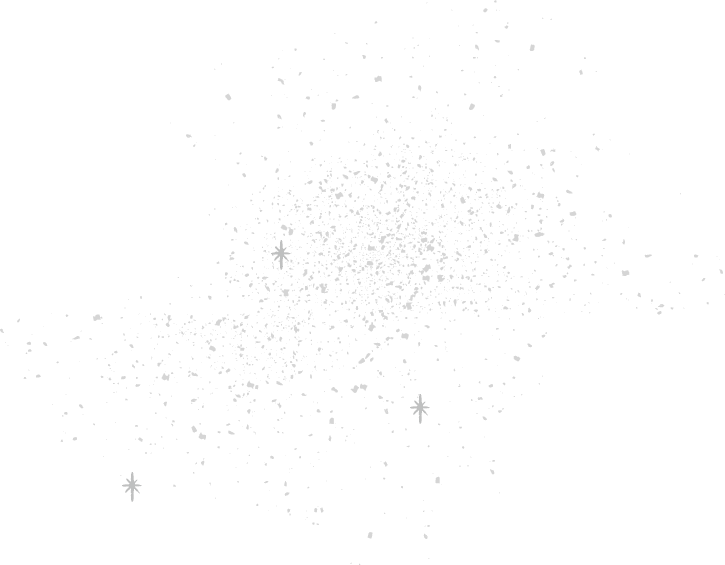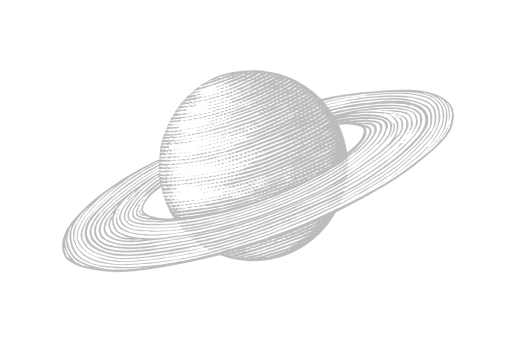Outreach Programs
Ready to Book?
A Reservation Coordinator will contact you within 3-5 business days to complete your booking request. The reservations office hours are Monday-Friday, 9:00 a.m. – 5:00 p.m. excluding holidays. *Note: All Programs require a 3 week notice. Inquires made within a 3 week time period may not be fulfilled.
Filling out this form does not indicate your Outreach Program is scheduled, you will receive an email with your invoice attached once your Program is confirmed.
Discover Our Programs
We offer five separate Science Start programs, each with a different emphasis.
Space: Going the Distance!
Discover the incredible scale of our solar system as we model the great distances between the planets and our sun.
Put on those thinking caps to explore size, measurement, and proportion. Discover the incredible distances between the planets and our sun as we model our solar system. If we could get the entire solar system into a classroom or gym, how much space would there be between the sun and Neptune?
If we downsized Jupiter to about three feet across, how big would the sun have to be? And if we shrunk the sun to the size of a marble, how big would the Earth be? Check out Space: Going the Distance! for the answers to these questions and more!
It’s science on an amazing scale!
Body Works
Three all-new programs explore how the human body works by comparing our body’s adaptations to those of other special animals. Did you know that a giraffe and a human being have the exact same number of vertebrae in their necks? Or that there are lizards with green blood? Or that T. rex had teeth up to 12 inches long? We’ll talk about all of that and more in our special presentations aimed at young learners.
There are three choices for this Science Start program:
Movin’ and Shakin’
Compare the human body’s structure with other animals as we learn about the importance of our skeleton and muscles! See for yourself the differences between our arms, a bird’s wing, and a whale’s flipper, and explore how our muscles work together to make everyday motions like writing a note—or picking up the phone to book this program!—effortless and easy.
Pump It Up
This program examines the heart, blood, and kidneys, their development, and how other animals utilize all three. Compare the human heart with that of a rat and a giraffe, and discuss the capabilities and requirements of each organ that led to their development. Take a look at the rainbow of colors that represent the blood of other animals around the world, and examine a set of human kidneys responsible for clearing out impurities from the bloodstream.
Head Honcho
Discover the importance of skulls and teeth and how the human brain compares with other animals alive, from the mighty Tyrannosaurus rex to modern sharks. Students will learn how to tell the difference between a carnivore and herbivore based solely on teeth, what makes the human brain so special, and how our skulls have changed over the years. We’ll get your young learners thinking!
Discovering Density
This presentation introduces students Grades K-2 to the concepts of density, volume, and mass using interactive demonstrations and colorful stories!
Explore why certain objects sink or float, how shape and composition affect buoyancy, and see displacement in action through real-world examples.
Students will be fascinated as they watch the creation of a layered density column and find out why oil and other household liquids float on water!
Last, they will hear the tale of Archimedes and the Golden Crown, learning that objects of the same mass can come in different shapes.
Make challenging concepts fun and easy when you discover density with us!
Sound Science
Why does a trumpet play higher notes than a tuba? Can you still hear under water? How does sound move? Explore the science of sound through engaging and interactive demonstrations!
Discover vibration, frequency and more as we look at how sound is generated, how it travels, and how it is received by our ears.
Come along on our acoustic adventure!
Related reading:
- Investigating Sound, by Sally Walker
- The Ear Book, by Al Perkins
- Zin! Zin! Zin! A Violin, by Lloyd Moss
- How Does the Ear Hear? And Five Other Questions About the Senses, by Melissa Stewart
- High-Tech DIY Projects with Music Instruments, by Maggie Murphy

